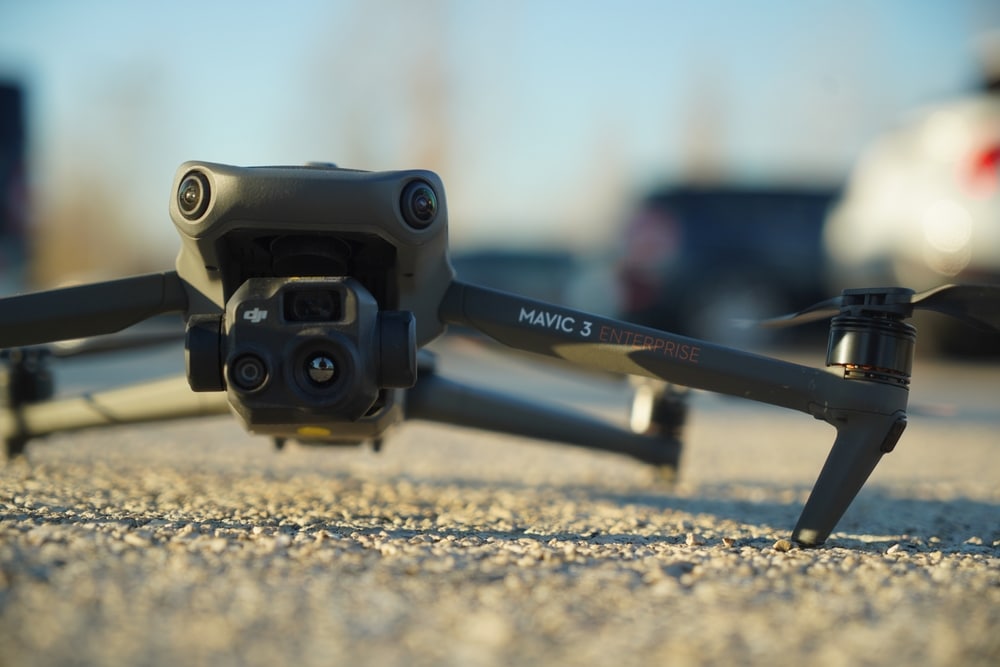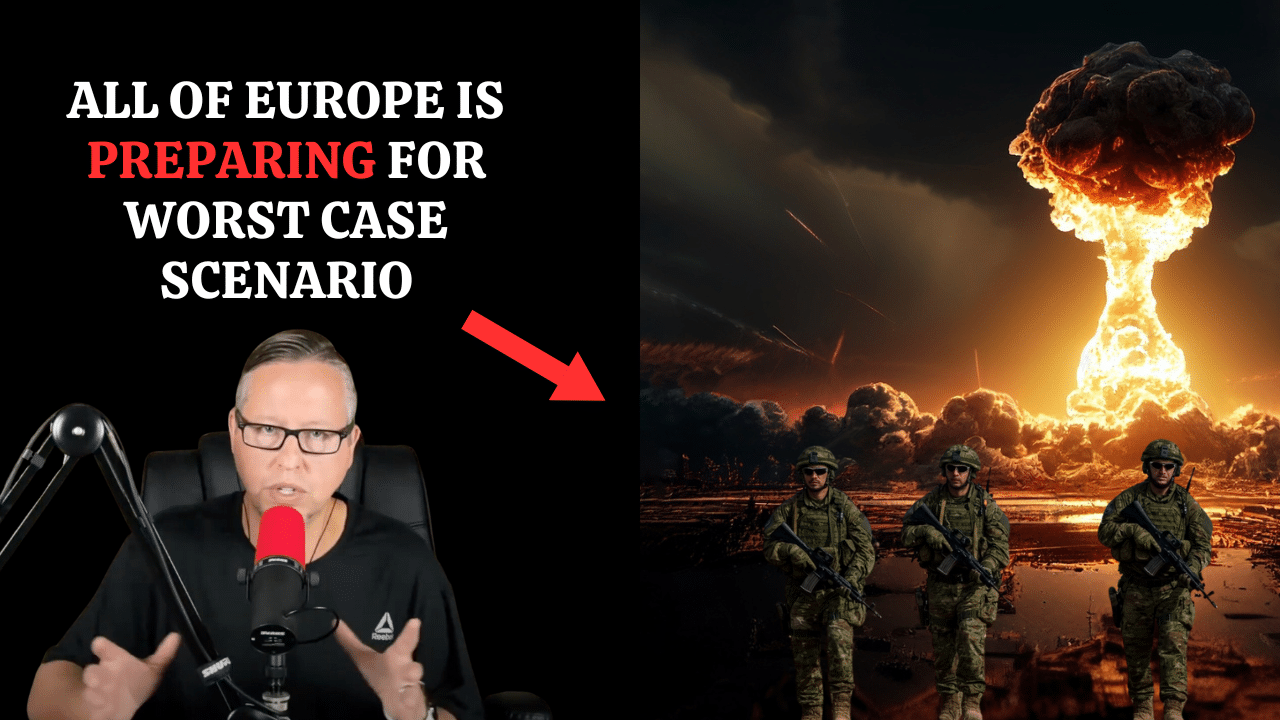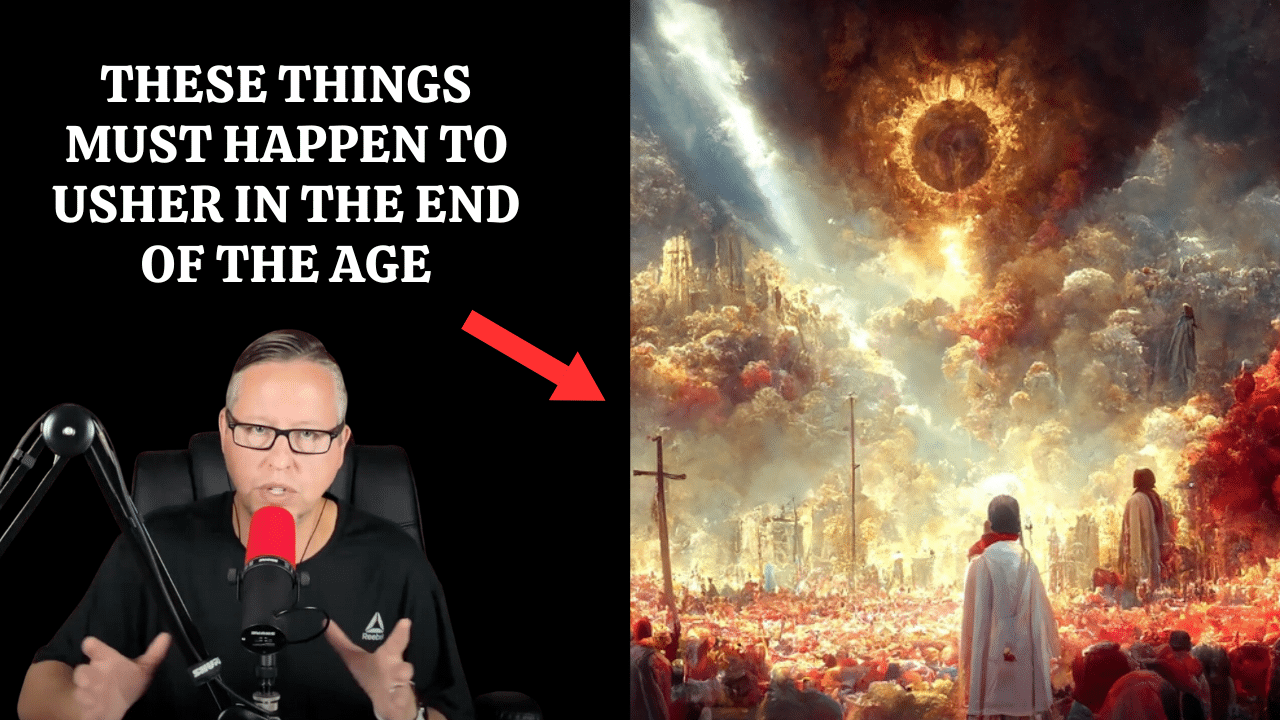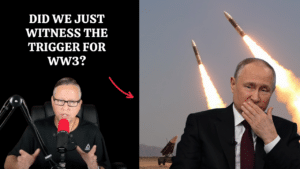Drones will soon be accompanying cops on shooting investigations and other 911 calls throughout the city, NYPD officials said.
A new Drone as First Responder pilot program will be in effect in the coming months, beginning with five NYPD police precincts, NYPD Deputy Commissioner of Operations Kaz Daughtry announced at a hearing before the House Committee on Homeland Security.
“The plan, to be rolled out in the coming months, is to deploy these drones in response to certain 911 calls for service,” Daughtry told the committee on Thursday.
Three of the precincts participating in the program are in Brooklyn, Daughtry said. A fourth is in the Bronx and the fifth covers Central Park. The precincts were chosen “based on recent crime trends,” he explained.
The roofs of the precinct stationhouses will be retrofitted to support two drone platforms. While the drones will be departing and landing from the station rooftop, the pilot will be stationed at the NYPD Joint Operations Center at police headquarters in lower Manhattan and will be sending video and telemetry to cops in the field, Daughtry said.
The drones are expected to be deployed to shootings in their precincts and respond to ShotSpotter alerts from a ring of microphones in the area designed to detect gunfire, the NYPD said.
“[We will be] testing drones’ ability to respond autonomously to alerts from the ShotSpotter gunshot detection system,” an NYPD spokesman said. “Police officers already receive ShotSpotter alerts as they do other assignments: over their police radios and on their NYPD-issued smartphones, with information that includes the time and location of the gunfire. The system will now additionally send the longitude and latitude of gunfire to [the drones].”
Drone pilots will then fly over to the shooting location “prior to the officers’ arrival on the scene,” the spokesman said.
“Officers will see what the drone sees in real time via their smartphones,” the spokesman said.
“The information provided by DFR will be shared with responding officers,” Daughtry told the committee. “[It] will enhance officers’ situational awareness as they arrive on scene, promote officer safety, and help us deploy resources more effectively.”
The NYPD currently has 85 drones. The remote fliers are traditionally used to cover major events, such as the New Year’s Eve ball drop in Times Square, large protests, and major police deployments. The drones have also been called into service to check on the structural stability of buildings and bridges after accidents, Daughtry said. Drones have also been utilized to patrol above-ground train lines to watch out for subway surfers.
Daughtry said the drones can’t be used for “warrantless surveillance” as well as “traffic enforcement or immobilizing vehicles of suspects.”
The drones can’t be used on routine patrols either, although it was not clear how the new pilot program will affect that rule.
Critics have blasted the department’s use of drones, claiming the remote eyes in the sky was a “dystopian technology” that tramples on residents’ civil rights.
Last year, a plan to fly drones above Brooklyn’s J’Ouvert festival around Labor Day, a Caribbean-inspired celebration which has been a source of violent clashes in the past, was shot down by the New York Civil Liberties Union as “racialized discrimination.”
“It doesn’t make us feel safer,” said Daniel Schwartz, NYCLU senior privacy and technology strategist. “The NYPD is playing fast and loose with our First and Fourth Amendment rights. Pervasive drone surveillance can be easily misused to exploit and discriminate against New Yorkers, putting all of our privacy at risk.”







